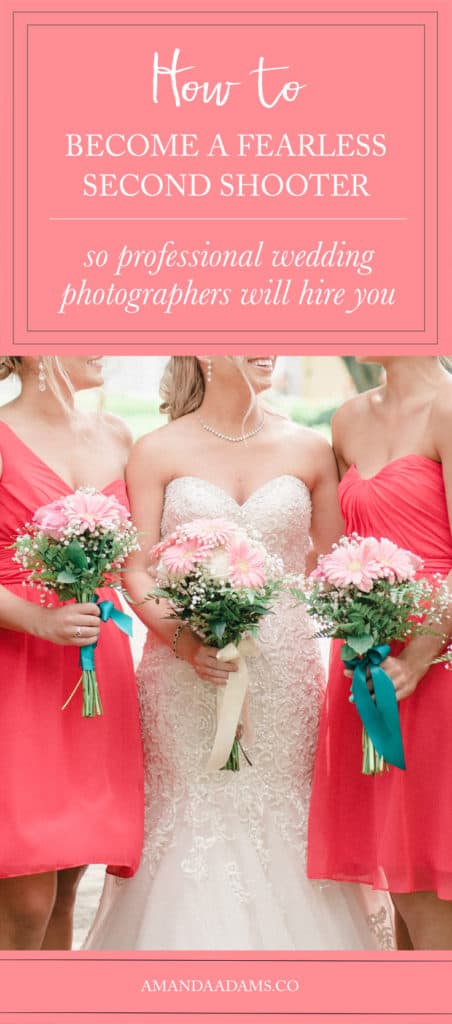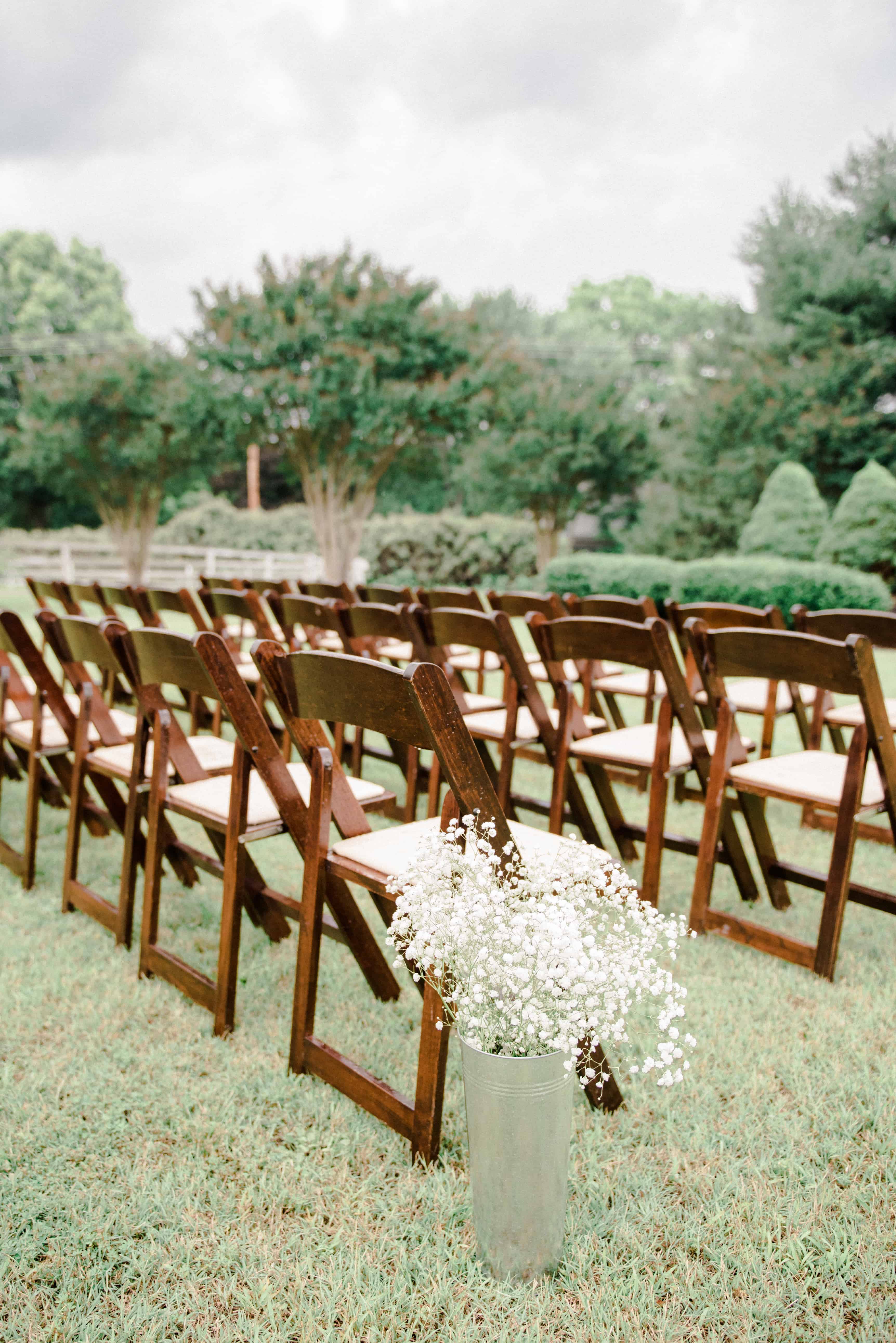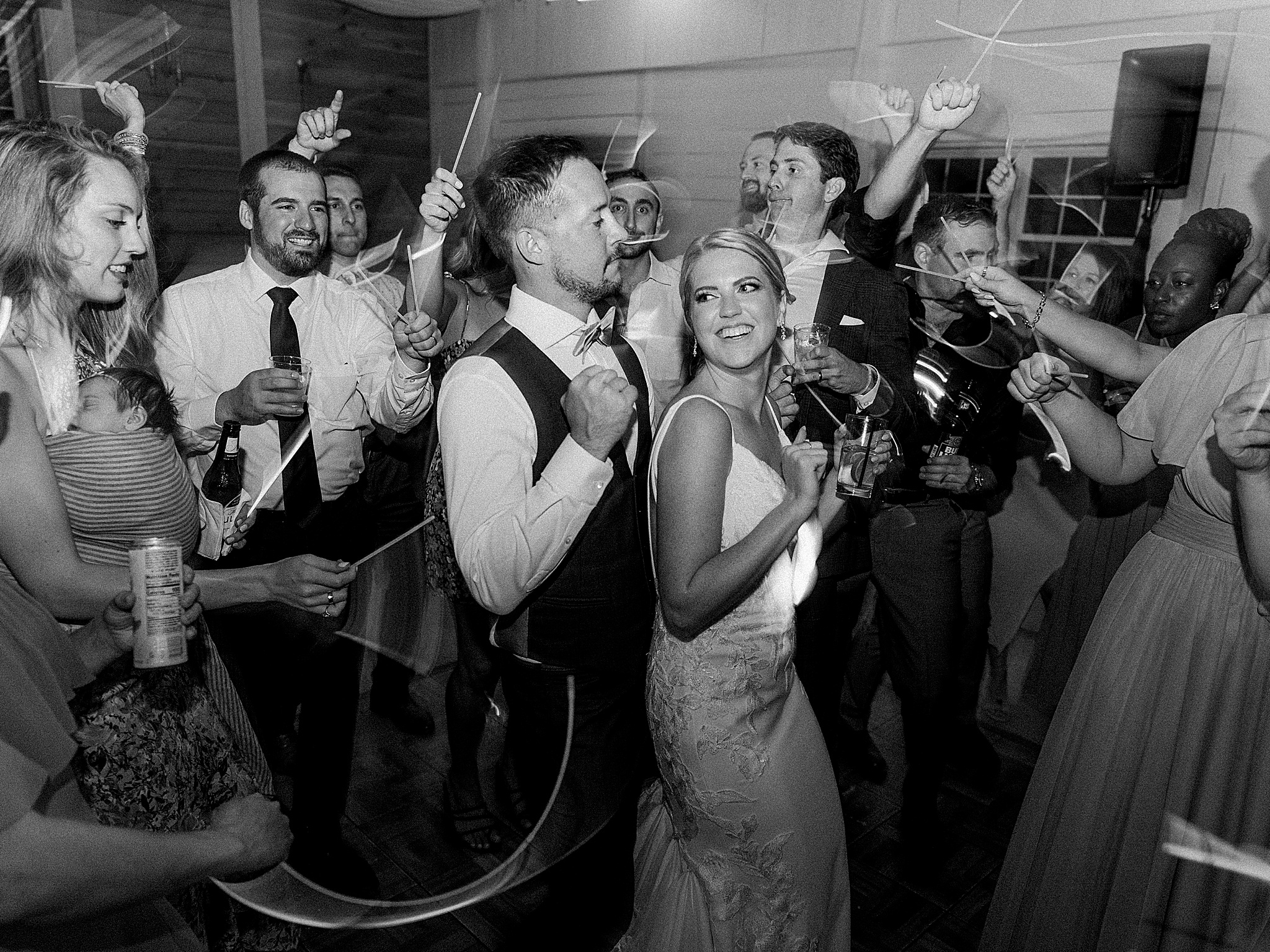As the wedding photography industry grows and grows you will begin to find more professional wedding photographers searching for reliable and talented second shooters to accompany them to weddings. These days it is almost expected for a wedding photographer to have a full team of people working with him/her regularly. And brides will almost always opt to have a second photographer with her hired main choice. The second photographer plays a very important role in the overall experience for the couple on their wedding day, in addition to what is ultimately delivered to them in their final gallery. A second photographer’s job isn’t necessarily to carry bags and set up lighting equipment (although, that may be required). Having the know-how and the equipment to photograph a wedding is a must-have if you’re going to second shoot a wedding with a professional photographer.
If you’re just getting into the industry or want to learn what it’s like to be a full time wedding photographer; or if you’re a wedding photographer who just doesn’t want the demand of editing and booking his/her own weddings; or if you’re a professional photographer looking to subsidize your photography business income – then maybe you want to consider becoming a second shooter.
Let’s talk about what you should have in place before a professional will even consider booking you to fill this very important spot. We’ll also take a look at what would likely be required of you, if you’re hired.

5 Things to Have in Place Before Requesting the Job
There are several things that a professional wedding photographer looks for when they’re considering who to work with as a second shooter. Knowing these things, and getting everything in line before you even request to take an open position will raise your chances of getting the contract! Some things to consider are:
- Have a professional looking website. Photographers will often post in larger photography groups in search for names and websites of people who are interested in filling a second shooter position. When you see a post like this, feel free to comment that you’re interested and available. But make sure you have a website you can share with them, too. We want to make sure we’re hiring someone with a similar shooting style as us, and someone who has (at the very least) some experience photographing weddings. Having a gallery on your website or in a private online portal that you can share with the main photographer will help them get a better idea of where your experiences lie. There’s no better way to show this than with a gallery or professional website.
- Make sure your About page is updated with a picture of yourself. I can’t necessarily speak for other main photographers who hire second’s, but whenever I look at someone’s website I immediately go to their About page. I want to read a little bit about them to see if we have anything in common. I want to see their faces, maybe learn a little bit about their business, what they specialize in, or how long they’ve been working in the photography industry. If I can’t find this on your website that just means I’m going to have to message you to ask. And sometimes (to be honest) I’m pretty busy and you may end up getting skipped over.
- Have social media accounts that are well maintained. Along with a website, having well maintained social media accounts will only help in your favor! When I look through the accounts of those who want to fill a position I get a huge first impression on them. I look at how they’re interacting with their followers. What kinds of information and images they’re sharing regularly. And best of all, it shows me their personality.
- Have your own professional gear. Cropped sensor cameras and no speedlights just won’t cut it for weddings. Most professional photographers won’t give their cameras to someone to photograph a wedding with them. Professional photographers also don’t use cropped sensor camera bodies, so you shouldn’t either. Also, you’ll need to know how to shoot in manual mode, in RAW, and how to work your off camera flash.
- Have references available. The reach of a professional photographer within our community can almost always go worldwide. Don’t assume that we don’t talk with each other and share our experiences. In addition to that, please remember that this is a real job you’re applying to take under contract. Whenever you’re applying for a job that requires a resumé you will more-than-likely include a references list. If a main photographer asks you for a list of people you’ve worked with in the past be prepared to provide it.
[Tweet “There are several things that a professional wedding photographer looks for when they’re considering who to work with as a second shooter. Knowing these things will raise your chances of getting the contract!”]
15 Things to Keep in Mind Once You’re Hired
Maintaining professionalism, being prompt and reliable are all great things!! (And they’re required!) But those aren’t the only things that you need to remember while you’re working at a wedding.
- Make sure you’re shooting in RAW. This was mentioned briefly above. But you absolutely have to format your cards and make sure your camera settings are set to RAW. At the end of the night I have all of my second shooters dump their cards to my laptop before they leave. This ensures a few things – I’m able to get a quick glance at what they captured that day, I can see how many images were captured, and I can make sure they were captured in RAW formatting. Shooting in RAW is the best file format for editing and having full control of the file. Sometimes buttons get accidentally pushed and settings are changed. So before you begin working, double check your settings.
- Be ready to take over if you have to. It is generally expected for a second photographer to know how to take over when or if it is needed. You may go through an entire wedding day not needing to do this at all. But sometimes the schedule runs behind, or there are too many demands on the main photographer and you’ll be expected to fill in the gaps.
- Leave your business cards anywhere but in your bags. Bringing out your own business cards during the wedding in which you were hired to second shoot is not only in bad taste, but it is extremely unprofessional and rude. If you are caught doing this you will most likely never get hired to work for the photographer again. You also have no need to have them with on the day of the wedding since your focus should be on assisting the main photographer with whatever he/she needs from you that day. Weddings are not networking events and they are not opportunities for you to look for more work. In fact, instead of bringing your own cards with you to a wedding you should ask the photographer you’re working for their cards so you can pass them if a guest or accompanying vendor asks you for one.
- Be reliable and show up early. Make sure you arrive just a few minutes before you’re needed to start working. This way you’re able to sync your cameras with your photographer, get to know each other a bit better, go over the game plan for the day, and discuss any details he/she may need to tell you of before the party gets started. If you were provided with a printable timeline and/or shot list, print them out and bring them with you.
- Don’t check your phone, update Facebook, play on Instagram, text your friends – you get where I’m going with this. There’s nothing more unprofessional than a guest watching you mess with your phone. I get it! If you have kids you’ll need to stay in contact with the babysitter or your husband in case something happens. You need to be reached easily. But playing on social media isn’t the same as keeping your phone close by in case of an emergency. For this reason, I have purchased an Apple Watch and I recently wrote a post on how the Apple Watch has changed wedding days for me. This doesn’t meant that you’re expected to have an Apple Watch. But please do stay away from checking your phone unless you’re breaking for dinner or if there’s an emergency.
- Be creative. Keep an eye out for the shots the main photographer has requested from you. But beyond that, don’t be afraid to get creative! We rely on our second shooters to get the varying angles and creative compositions we can’t get. Sometimes we get so wrapped up with making sure our bases are covered that we don’t have time to play around. Here’s your chance to try something new!
- Capture the in-between moments. When the main photographer stops working to change a battery or reaches for a new SD card, take this opportunity to capture the in-between moments. A lot of the time the bridal party or family will relax when they know they’re not being photographed and these moments are golden! The photographer you’re working with will end being pleasantly surprised and very happy that you were able to capture what he/she couldn’t.
- Capture the details. This is another opportunity you can take full advantage of. While the photographer is focussing on the bride and groom, you can easily scan the room for guest’s reactions, details, or capture a different angle of where the main photographer is standing. This brings me to my next point.
- Don’t shoot with the same lens the main photographer is using. This will allow the hired photographer to provide his/her clients with more variety and interest.
- Don’t drink alcohol. Even when offered. The groom will offer. The groomsmen will offer. Sometimes even the bride will offer. Please do NOT drink while on the job. It’s unprofessional and you were hired to work for them, not party with them. And we also worry about your safety and making sure you can get home okay. Also, alcohol turns you into a liability. Just don’t do it.
- Don’t share wedding images to your own portfolio until you’re given the go-ahead. Some wedding photographers give their second shooters cards to use in the cameras and then take them at the end of the night. Others will allow the second shooter to use his/her own cards and requests the files at the end of the night. Either way, please know that you should never, ever share these images on social media or on your website until you are given permission to do so. You should also give credit where credit is due. Yes, you captured the image. But the bride and groom are not your clients. Tag the photographer you worked with if you ever share these images. Side note: when you’re a second shooter, the images captured do not belong to you. (Copyright laws.)
- Pay attention to your contract! All of the information you need should be listed in your contract. From the way you’re allowed (or NOT allowed) to use the images you capture, to the amount of money you will be paid for filling the position. Everything should be listed here. And if for some reason it’s not, please don’t be afraid to speak up and ask!
- Don’t share images on the back of your camera with any of the guests or B&G. It is ultimately up to the photographer under contract with the bride and groom to cull through all of the images captured in order to provide them with the best work possible. When you show someone the back of your camera you’re risking the possibility of an image getting culled out of queue and leaving the photographer to deal with, “Well, what happened to THIS picture? Why isn’t it in our gallery?” When an image is shown on the back of a camera it can be difficult to tell if it’s captured in focus, if someone’s eyes are closed, or if there are any other reasons why it would be culled out. Please keep those images to yourself and let the main photographer choose what he/she delivers.
- Don’t be afraid to ask questions. I’m a teacher by nature. I have absolutely no problems with a second shooter asking me questions to get clarification or because he/she wants to learn something new. Being a second shooter is an amazing opportunity to learn the flow of a wedding day and how to approach it from a photographer’s standpoint. Just try to keep in mind that the contracted photographer’s job is to be there for the bride and groom and not to teach. If you have questions, ask when the timing is appropriate to ask.
- Be ready to assist whenever and however possible. Grab a water for the photographer. Help carry bags. Set up lighting, if asked. Grab the bridal details while the main photographer is greeting everyone. Take photos of the main photographer working or interacting with his/her clients.
Final Thoughts
Second shooting a wedding is such a great opportunity to learn from someone else. You can make friends, network, build your skills, get paid, and have fun all at the same time! And you can do all of this without the structure and stress involved with hiring your own clients or being responsible for delivering product. You are an extremely important part of a team and we rely on you for so many things. We value your work and your presence and we are so excited for the chance to get to know you, too. It’s very important for us to network as well, and we are always keeping our eyes open for a good second shooter (because they are hard to find). When we do find one, we’re not likely to let them go! If your goal is to become a fearless second shooter then use every single opportunity to strengthen your skills, work hard, have good ethics, and be reliable! If you follow those simple rules you’re sure to land a lot of really amazing opportunities!



